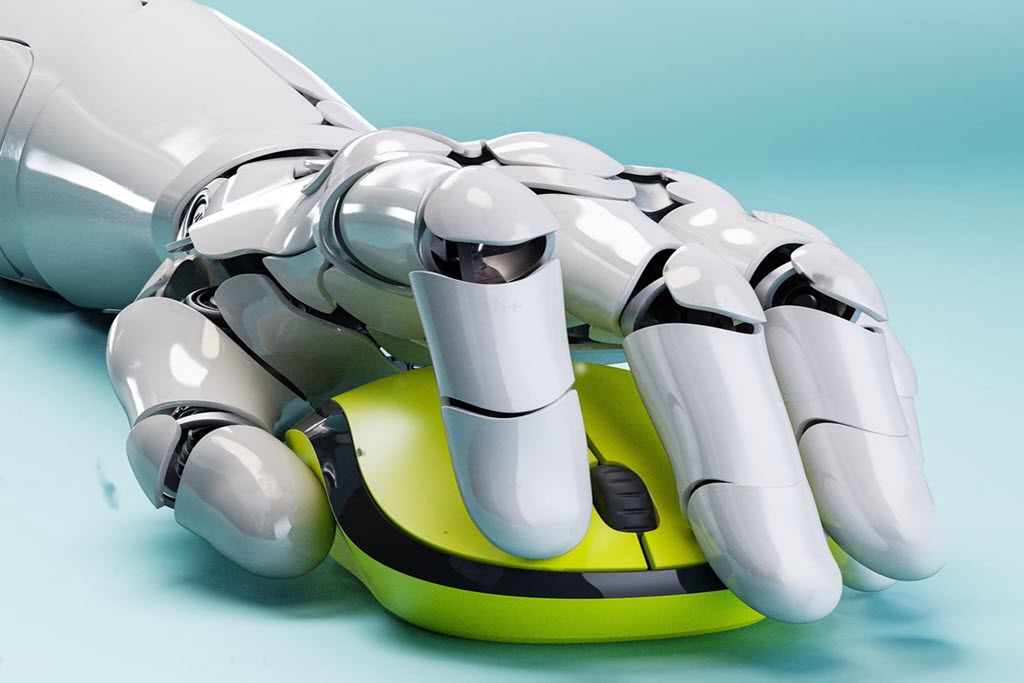- - SEO - Google Update - SEO - Google Update - SEO - Google Update


THE INTEGRATION OF AI IN MARKETING STRATEGIES: A 2024 PERSPECTIVE.
AI has seemingly become a normal part of daily conversation overnight. Nearly everything gets the “AI” label, whether it is warranted or not (coming soon: AI toasters and teapots). This poses two questions – why is it becoming more commonplace and how do we use it to improve our lives (i.e. the “human experience”)?
Let’s get into it!
In spite of various sensational and clickable headlines you may have seen in the last few months, AI did not actually become popular overnight. The apparent surge we are witnessing now is a culmination of many years of incremental advancements and investments, with the proverbial dam only bursting early in 2023. This pivotal year marked a turning point, driven by breakthroughs in machine learning and natural language processing. These advancements enabled AI to transition from a niche technological pursuit to a mainstream tool integral to business operations. The year 2023 saw AI being adopted at an unprecedented scale, transforming industries from healthcare to finance, and notably, marketing.
The sudden increase in popularity was also fuelled by AI’s enhanced accessibility and affordability. Cloud-based AI solutions lowered the barrier to entry, enabling small and medium-sized enterprises to harness the power of AI. This shift towards increased accessibility led to innovative applications of AI across various sectors, creating a ripple effect that bolstered its popularity even further. Concurrently, there was a shift in public perception, as AI became viewed not just as a technological marvel but as a practical tool for solving real-world problems. This change in mindset, along with technological advancements, entrenched AI as an indispensable component of modern business strategies.

It is important to acknowledge that AI cannot replace people – real humans – and their hard work. At least not yet. Integrating AI tools such as Surfer AI for SEO and Grammarly for proofreading complements our efforts, making it easier for us to maintain high standards of quality and relevance in our content while allowing us to focus on the creative and strategic aspects that require the human touch.
Utilising AI in marketing offers an array of benefits, primarily in the realms of data analysis and customer insights. We can use it to process and analyse large datasets efficiently, allowing us to uncover trends and patterns that might otherwise go unnoticed. This capability makes it an excellent supplementary tool in developing marketing strategies that are both data-driven and responsive to evolving consumer behaviours.
We also use AI for customer segmentation and personalisation. AI algorithms can segment audiences based on diverse factors, ranging from demographic data to behavioural patterns. This segmentation enables us to craft content that resonates on a more personal level with different audience segments. Tools like Google’s Performance Max (PMax) are particularly effective in this regard.
PMax, while known for its automated optimisation capabilities, has evolved beyond its initial scope. It’s not primarily AI-driven, yet it leverages machine learning for enhanced functionality. A recent update introduced advanced AI features, extending PMax’s abilities to generate and place search ads across Google’s platforms, thus offering a more integrated approach to personalised marketing.

AI can do many things, but a common criticism that it (rightly) faces is that it lacks the “human element”. Despite everything it can do, it still cannot emulate the depth of human creativity and emotional intelligence. Whether or not this will change in the near or distant future remains to be seen. This intersection of AI and human creativity is where the true potential of marketing lies. AI provides the tools and insights, but it is the human touch that infuses campaigns with relevance and empathy, connecting with audiences on a deeper level.
There’s no one-size-fits-all AI out there. We’re talking hundreds, maybe even thousands, of different AI tools, each one tailor-made for its own little corner of the world. The variety of AI tools shows how flexible and innovative this field is, always pushing the limits of what’s possible with technology.
These are the tools we are most excited about this year:
Perhaps one of the most famous examples on this list, OpenAI’s tools cover a wide variety of usage scenarios, from content creation to data analysis. The generalised nature of the platform means users can access a wide variety of different tools under one umbrella, but it also necessitates a level of technical knowledge to fully exploit its extensive capabilities
This tool provides businesses with insights derived from complex data sets to inform strategic decisions. AnalytiX is used primarily for market analysis, customer behaviour modelling, and predictive analytics to optimise operations.
Surfer is used primarily as an SEO optimisation tool, helping websites increase their visibility and ranking on search engines through content adjustments and strategic keyword placement tailored to current search trends and algorithms.
Sourcely is designed to assist students and researchers in finding academic sources for their papers, streamlining the research and referencing process. It automatically references written work in real-time, ensuring accuracy and saving time for students, journalists, and writers.
Taskade is a project management tool that integrates AI to enhance team collaboration, task assignment, and productivity tracking. Teams across various industries use it to streamline workflows and ensure efficient project execution.
What many people don’t realise is that Grammarly is a very powerful AI-driven tool that can turn even the most basic drafts into polished, clear, and engaging written content. It is one of the oldest tools on this list, but it is also one of the most widely used and recognised (yet it does not often get credit for its impeccable AI-driven functionality). This tool is the definition of “if it’s not broken, don’t fix it”.
The list above is by no means exhaustive, but it just goes to show how widespread artificial intelligence has truly become. Even though the technology is still somewhat in its infancy, we are starting to rely on it more and it is becoming an indispensable part of our personal and professional routines. A time may come where we are completely dependent on it, but for now it is more dependent on us (than vice versa), still requiring the human element to produce usable content.
We can safely assume you’ve enjoyed this article as you’ve made it to the end, so it’s here where we sign off and digitally fist-bump you. Fancy reading more articles on digital wizardry and the like? Head over to TIDAL’s Digital Wave blog here. Or if you fancy taking a look at our services, head on over to our services page and we’ll catch you over there. Dont be shy, feel free to fire us a message on our contact us page or via our chat on the right if you wish to speak with us about how we can take your business to the next level. Let’s do this.
Give us your email and we'll do the same thing every other performance marketing agency does... never email you.